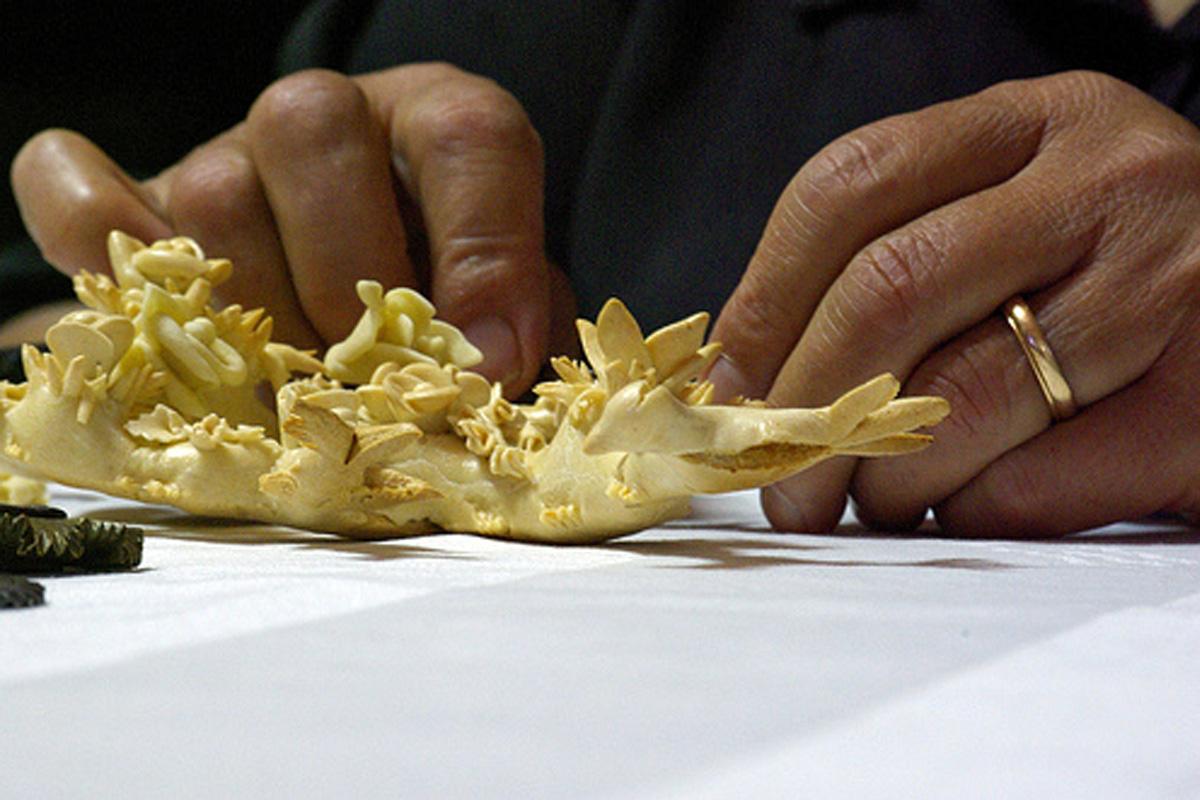Wheat and bread, two great icons of Mediterranean civilization, are among the main protagonists of popular Sardinian tradition. Bread is a key component of interesting wedding customs, as it symbolizes both fertility and prosperity. Along with the laces and draperies which decorate the table of the newlyweds, thebread of the newlyweds called Coros, cannot be missing.
This ancient custom, rediscovered and adopted by new generations, is to give the crown of bread as a gift to all the relatives and friends. The crown is one of the most classic pieces of the bride and groom’s bread, decorated with flowers, fruits and birds as a symbolic wish for a happy union of the new couple.
Legend has it that the ancient fairy inhabitants of the caves, the Janas, invited a young girl from the nearby village to teach her the art of ritual bread making. In the close intimacy of the cave, the first dough was made with pure spring water and wheat flour from the most recent harvest. Bread making began at midnight and ended the next evening with the sound of tolling bells which called for the prayers of The Hail Mary. Finally, the Janas entrusted the young girl with sa madriga, the original mother yeast, to be handed down from family to family with the aim of making known to all the special origin of the bread.
It is, therefore, women who are the protagonists of this ritual which has its origins in the history of the peasant family. The transformation of wheat to bread was a guarded technique that belonged exclusively to the female figure, an exponent, among other things, of grace and dexterity. This ancient art, handed down from mother to daughter like a bread-making kit, consisting of su strexu ‘e fenu or de scraria (hay or asphodel baskets of various sizes to clean and select flours), su strexu ‘e terra (earthenware containers), fabric and cloths to cover the bread and, if the family was wealthy, a grinding wheel harnessed by donkeys. The female bread artisans begin their work, with all its religious and ancestral load, by tracing a cross on the dough and reciting words of conjuration and good wishes. Thus begins the transformation of the dough into crowns, hearts, bows, garlands and other elements all finely decorated with flowers, leaves, fruits, and birds.
